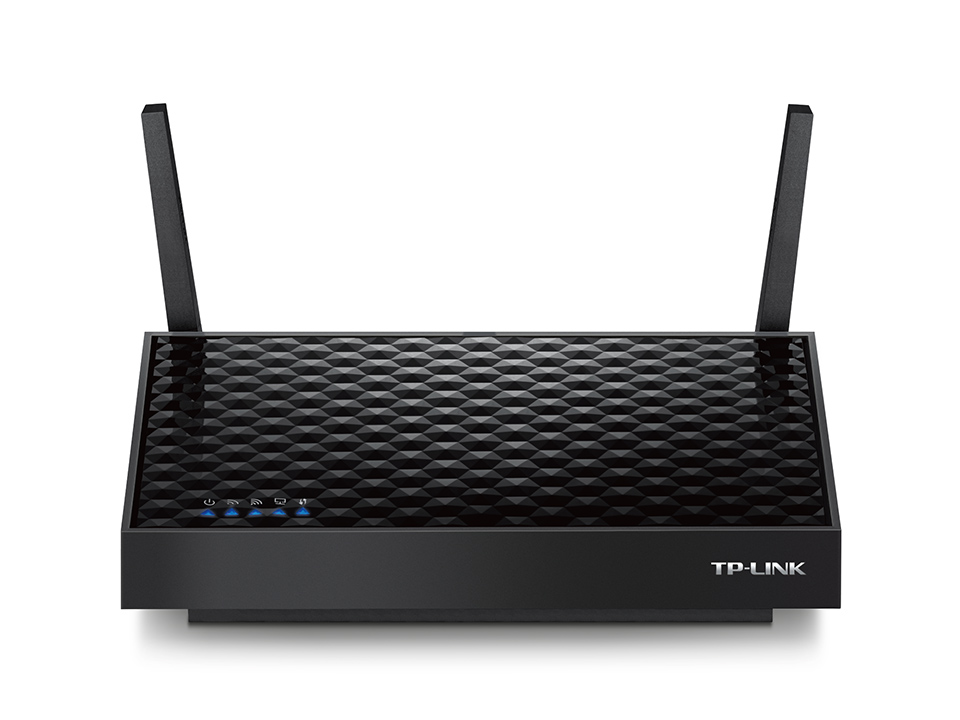

One Response to “Scanning the WiFi network with the Raspberry Pi Pico W” You can leave a response, or trackback from your own site. You can follow any responses to this entry through the RSS 2.0 feed. On Friday, July 22nd, 2022 at 12:44 pm and is filed under raspberrypi, Webtechnology. So what does those values mean, what is there more than visible or hidden?Īlso the security results differ with outputs from 0 (=open), most 5, but some report 7. Twenty WiFi-networks? Yes, I do work in a city. The docs states that for hidden 0 = visible and 1 = hidden, but actually the output I get, some twenty networks(!?) gives no 0, but several undocumented values for hidden: 1,2,3,4,5,7. The bssid is the same as the hardware unique MAC-address. The output is a list with tupples that according to the docs should contain six fields ssid, bssid, channel, RSSI, security, hidden. In most example code you need to specify the interface, but apparently it defaults to the standard station network.STA_INF interface. Print(i,w.decode(),binascii.hexlify(w).decode(),w,w,w,w) Networks.sort(key=lambda x:x,reverse=True) # sorted on RSSI (3) Networks = wlan.scan() # list with tupples with 6 fields ssid, bssid, channel, RSSI, security, hidden Wlan = network.WLAN() # network.WLAN(network.STA_IF) Let’s try out the station interface, network.STA_IF. The access-point interface can be used to turn your Pico W into a WiFi access-point that can connect up to 4 devices at the moment. The station (or standard) interface, can be used to connect the Pico W to another 2.4GHz WiFi access point. network.AP_IF, the access-point interface.Let’s try the Wifi features of the new Raspberry Pi Pico W.


 0 kommentar(er)
0 kommentar(er)
